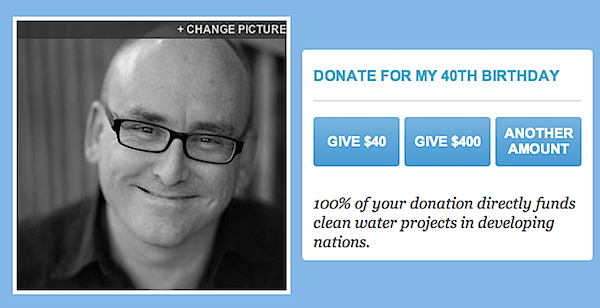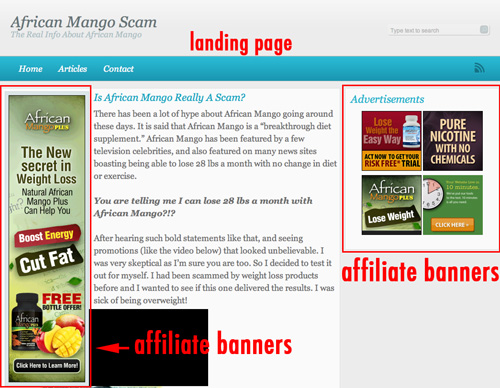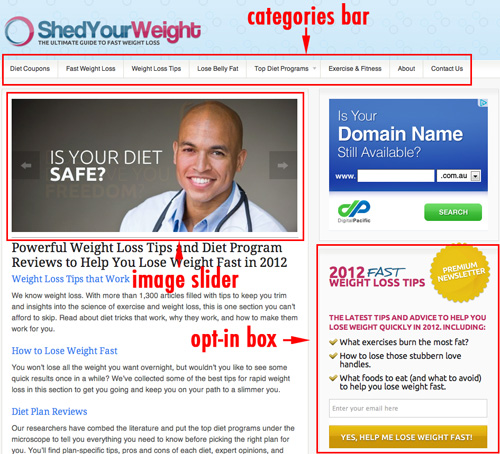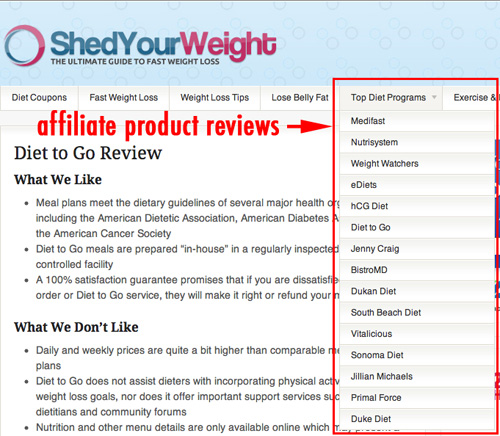ProBlogger: If Your Email Newsletter Isn’t Generating Cash, You’re Doing Something Wrong |  |
| If Your Email Newsletter Isn’t Generating Cash, You’re Doing Something Wrong Posted: 29 Apr 2012 07:09 AM PDT This guest post is by Kelly Crawford of Generation Cedar. The most important tool available to a blogger is his email subscriber list. It is the easiest and fastest way to increase sales. You probably already know that the readers who have voluntarily signed up to hear more of what you have to say are the ones who trust you the most, and the ones with whom it is easiest to keep building a relationship with. These are the people who will buy your stuff. Competing in today’s market demands that you build good relationships. But a list by itself won’t sell your products. You must grow your list and make the most of it. Here’s how: Grow your listObviously, the bigger the list, the more potential customers are getting your message. Here are three valuable ways to grow it: PopoverA popover signup form will exponentially increase your sign-ups. A popover is the sign up box that "pops over" the screen a few seconds after they land on your site. Yes, it’s that annoying little box that I always click away from. But, statistically, far more people sign up from a popover form than a static form. I had to experience it to believe it (I had heard it was true but resisted), and found that my signups soared once I installed a popover. Aweber is one of the few companies that offer this feature. RemindersMake it easy to subscribe, and remind your readers to do so if they haven’t already. Include a static form on your About page, and periodically Facebook and Tweet about the benefits of signing up. BenefitsThe best incentive you can give your readers to subscribe is a series of some kind. Why? A series with several parts, sent periodically (and automatically) after they subscribe gives them repetitive exposure to you, which builds the kind of relationship that evokes trust, which will make them more likely to purchase your products. If you’ve been writing for a while, you probably have plenty of posts you can turn into a series. What are your most popular topics? Put them in order and tell the reader what they will get: "Sign up now and receive my 5-Part Series, ‘How to Make the Most of Your Newsletter’.” Your newsletter company should easily allow you to set up automatic follow-up messages that mail at the designated time, to the subscriber’s inbox. I also offer my readers a coupon code that’s given in the Welcome letter they receive as soon as they subscribe. This is not only an added purchasing incentive, but I tell readers they will receive it for signing up. Make them want to open your newsletterPeople get a lot of stuff in their inboxes. You have to compete and avoid being among the emails that get deleted without being opened. Here’s how to do it: Make every newsletter countYour subscribers are your prized customers. Reward them with good content. Except for the occasional sales announcement you might send by itself, if every newsletter has meat in it, readers will remember it and want to open the next one. Make it valuable enough that they are afraid of missing out if they don’t open. Subject line is kingA 25% open rate versus an 80% open rate has huge implications for your bottom line. The subject line is all you get to convince readers to open. Be creative, and try to think like the recipient. What would make you open your email if you didn’t know what was inside? I’d caution you here not to deceive readers with your subject line. They won’t like it, and it will hurt your relationship—that thing you are working so hard to build. Advertise Without AnnoyingRemember how I said to put valuable information in your newsletters? Helpful articles, advice, and inspiration should make up the bulk of your content. Answer questions, solve problems, and readers will be back for more. But you can market at the same time, without being a nuisance. Here are some important points to remember: Try affiliate marketingChoose articles and subjects that support the natural use of affiliate products. Linking to them throughout your text lets the readers click if they’re interested, but doesn’t assume anything. Consider interviewing an author whose affiliate products you will consequently be advertising. Use the sidebarUse your sidebar. Routinely include pictures and links to your products (or those of your affiliates) in your sidebar. Offering a coupon code or limited-time offer is a useful incentive to push a potential buyer to act. Add testimonialsCustomer testimonials are your number one selling tools. Use them every chance you get. Instead of just listing your ebook, include a "What customers are saying" section. The right formulaAs it is with any platform, your newsletter will be the most successful when you implement the right formula. And what it that? Persuade them of their problem, give them practical hints about solving it, then suggest a more thorough answer through your product offer, with, of course, a discount exclusively for them. Let’s say you blog about weight loss. In your newsletter, you might write about five common foods that burn fat. Hopefully you have an ebook entitled "How to Lose Weight Eating What You Love," or something like that. At the end of your article, you simply say, "Enter the coupon code ‘burnfat’ to get $1 off my ebook, ‘How to Lose Weight Eating What You Love’ now. Here’s what our customers are saying about it…" You get the picture! Don’t forget to scan old but popular articles for newsletter fodder, tweaking them to implement all these strategies. So, what are you waiting for? Go turn your newsletter into cash! Kelly Crawford is a "mompreneur" and contributing author for five blogs, including her own, Generation Cedar. She also founded the membership site, Home Paid Blogger, a step-by-step guide for beginners to making money by blogging. You can follow Kelly on Twitter @generationcedar or on Facebook. Originally at: Blog Tips at ProBlogger If Your Email Newsletter Isn’t Generating Cash, You’re Doing Something Wrong |
| You are subscribed to email updates from @ProBlogger To stop receiving these emails, you may unsubscribe now. | Email delivery powered by Google |
| Google Inc., 20 West Kinzie, Chicago IL USA 60610 | |





 As promised earlier in the week, today I’ve got great pleasure in naming the winners of the Great Barrier Reef Queensland Blogger Correspondent competition.
As promised earlier in the week, today I’ve got great pleasure in naming the winners of the Great Barrier Reef Queensland Blogger Correspondent competition.








.jpg)